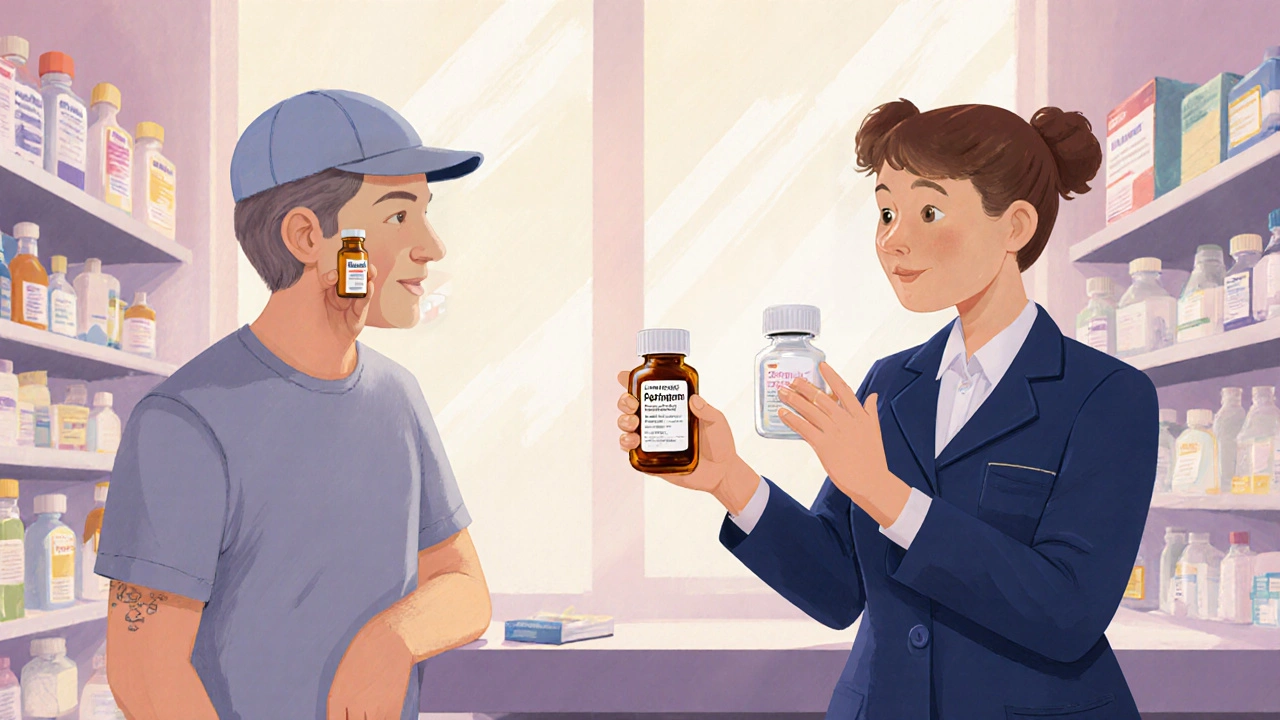Ever heard the term “superbug” and wondered if it’s just hype? It’s not. Resistant bacteria are germs that have learned to survive medicines that used to kill them. When you take an antibiotic, most of the bacteria die, but a few strong ones can stay alive, multiply, and spread. That’s how resistance builds up.
Why should you care? Infections caused by resistant bacteria are harder to treat, may need stronger drugs, and can keep you in the hospital longer. The World Health Organization says antimicrobial resistance is one of the biggest threats to global health. So knowing the basics can help you stay safe.
Every time an antibiotic is used, there’s a chance the bacteria learn to dodge it. This can happen in three ways:
Because these processes are natural, we can’t stop bacteria from evolving, but we can slow it down.
Here are simple steps you can add to everyday life:
If you do get an infection that looks like it might be resistant—persistent fever, worsening pain, or no improvement after a few days of treatment—call your healthcare provider. They may need to switch to a different drug or run lab tests to identify the exact bug.
Finally, remember that your actions affect the community. Resistant bacteria don’t respect borders; they travel through hospitals, schools, and even food. By using antibiotics responsibly, you protect yourself and everyone around you.
Stay informed, follow the basics, and you’ll be an active part of the fight against resistant bacteria.

A detailed comparison of Cefixime with other oral antibiotics. Learn about effectiveness, side‑effects, dosing and cost to decide which drug fits your infection.
read more